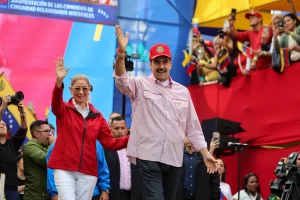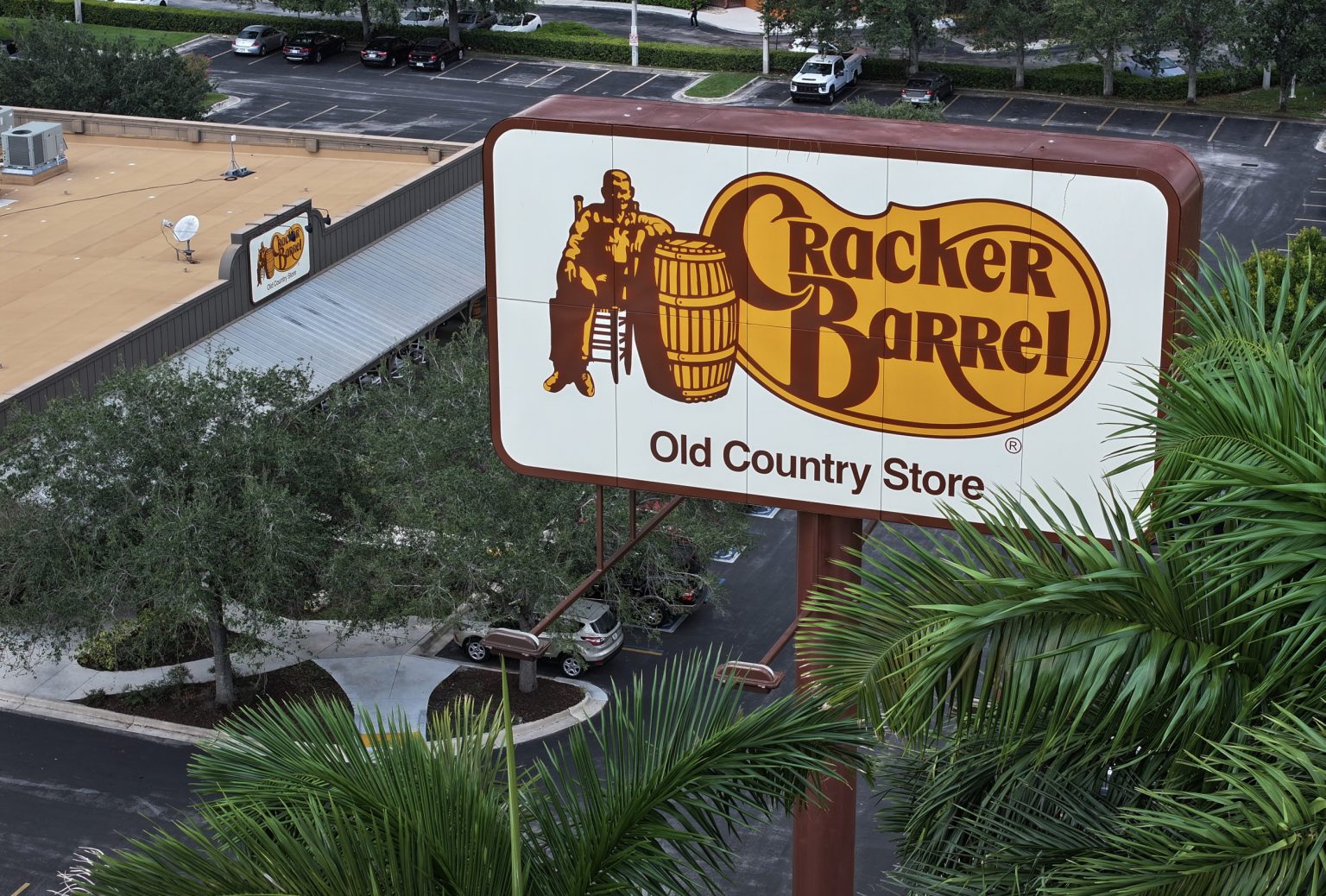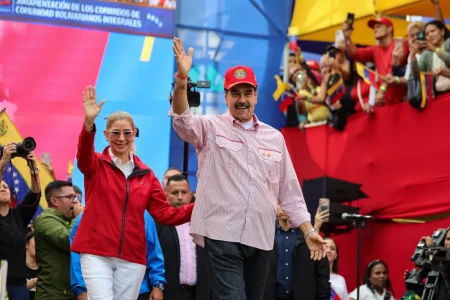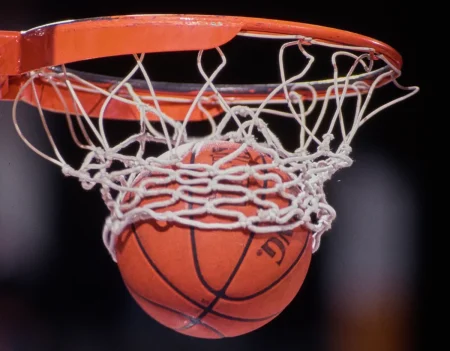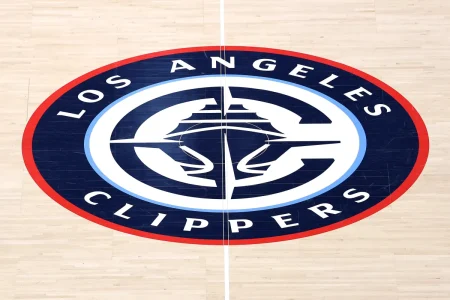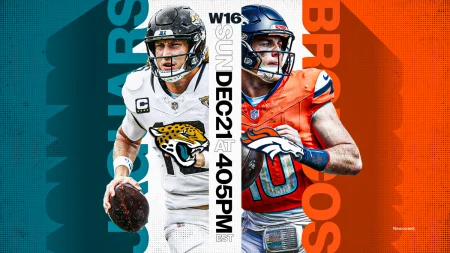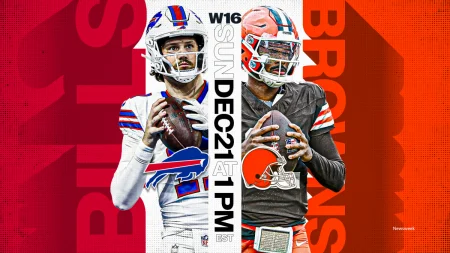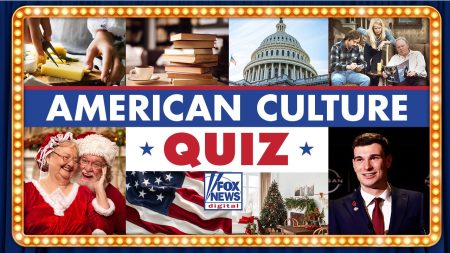Cracker Barrel Co-Founder Criticizes Modernization Efforts as Company Reverses Course
In an unexpected clash between tradition and innovation, Cracker Barrel’s co-founder Tommy Lowe has publicly criticized the company’s leadership over a recently proposed logo change that sparked significant controversy before being hastily abandoned. Speaking candidly to News Channel 5, Lowe expressed his frustration with what he perceives as unnecessary modernization efforts by current CEO Julie Felss Masino. “They’re trying to modernize to be like the competition—Cracker Barrel doesn’t have any competition,” Lowe stated firmly, highlighting the unique position he believes the restaurant chain holds in the American dining landscape. His comments reflect a deeper concern about the direction of the company he helped build, suggesting that its distinctive identity is being compromised in pursuit of trends that may not align with its core values and customer base.
The controversy began when Cracker Barrel announced plans to implement a simplified logo featuring only the company name, removing the iconic image of an elderly man sitting beside a barrel and the words “Old Country Store.” This change was part of a broader strategy to modernize the restaurant chain’s image and appeal to younger demographics who might not connect with the traditional, rustic aesthetics that have defined Cracker Barrel for decades. However, the proposed rebranding triggered an immediate and passionate response from loyal customers, conservative commentators, and even political figures including former President Donald Trump, who collectively viewed the change as an unnecessary abandonment of American nostalgia and traditional values. The swift and negative reaction illuminated how deeply Cracker Barrel’s imagery is intertwined with certain cultural and regional identities in America, transforming what might have been a routine corporate rebranding into a symbolic battleground over changing social values.
Lowe’s criticism extended beyond the logo itself to question Masino’s background and qualifications to lead a company with Cracker Barrel’s specific cultural positioning. “What’s Taco Bell know about Cracker Barrel and country food?” he questioned rhetorically, referencing Masino’s previous executive role at the fast-food chain. This pointed remark suggests a fundamental concern that leadership without deep roots in Southern and country traditions might misunderstand the essence of what makes Cracker Barrel appealing to its core audience. His advice was straightforward: “They need to work on the food and service and leave the barrel—the logo alone.” This perspective highlights the tension between preserving authentic brand heritage and pursuing modernization strategies that may appeal to new customer segments but risk alienating established ones.
The episode represents a fascinating case study in how companies navigate changing demographics and cultural shifts while maintaining brand authenticity. Cracker Barrel, founded in 1969, has built its identity around a nostalgic vision of rural Americana—featuring country stores, rocking chairs on front porches, old-fashioned candy, and home-style cooking. This formula has been remarkably successful for decades, creating a distinct dining experience that stands apart from both fast-food chains and more upscale casual dining establishments. However, like many legacy brands, Cracker Barrel faces the challenge of remaining relevant to younger consumers while not alienating its loyal customer base. The company’s attempt to refresh its image through the logo change appears to have dramatically underestimated the emotional connection many customers feel toward the brand’s traditional presentation and what it represents in the American cultural landscape.
The swift reversal of the rebranding decision demonstrates the power of consumer sentiment in the digital age, where backlash can quickly amplify through social media and draw high-profile attention. Within days of announcing the new logo, Cracker Barrel issued a statement confirming they would retain the original design featuring the old man and barrel imagery. This rapid about-face suggests the company was unprepared for the intensity of the reaction and perhaps misjudged how the proposed changes would be received. The incident also reflects broader cultural divides in America, where seemingly straightforward business decisions can become lightning rods for debates about tradition, change, and identity. For many loyal customers, Cracker Barrel represents more than just a place to eat—it embodies a certain vision of America that they fear is disappearing from the cultural landscape.
As Cracker Barrel navigates the aftermath of this controversy, the company faces the delicate challenge of finding ways to evolve without compromising its authentic appeal. Lowe’s comments highlight a fundamental business question that many established brands must confront: is it better to double down on the distinctive qualities that built your success, or to adapt to changing consumer preferences at the risk of diluting your brand identity? The answer likely lies somewhere in between—finding ways to maintain the core elements that customers value while thoughtfully introducing innovations that can attract new audiences. For Cracker Barrel, this might mean focusing on enhancing food quality and service as Lowe suggested, while making more subtle adjustments to presentation and marketing rather than dramatic changes to iconic visual elements. Whatever path forward the company chooses, this episode serves as a powerful reminder that logos and visual branding are not merely decorative elements but can be powerful symbols that customers invest with meaning and emotion.
